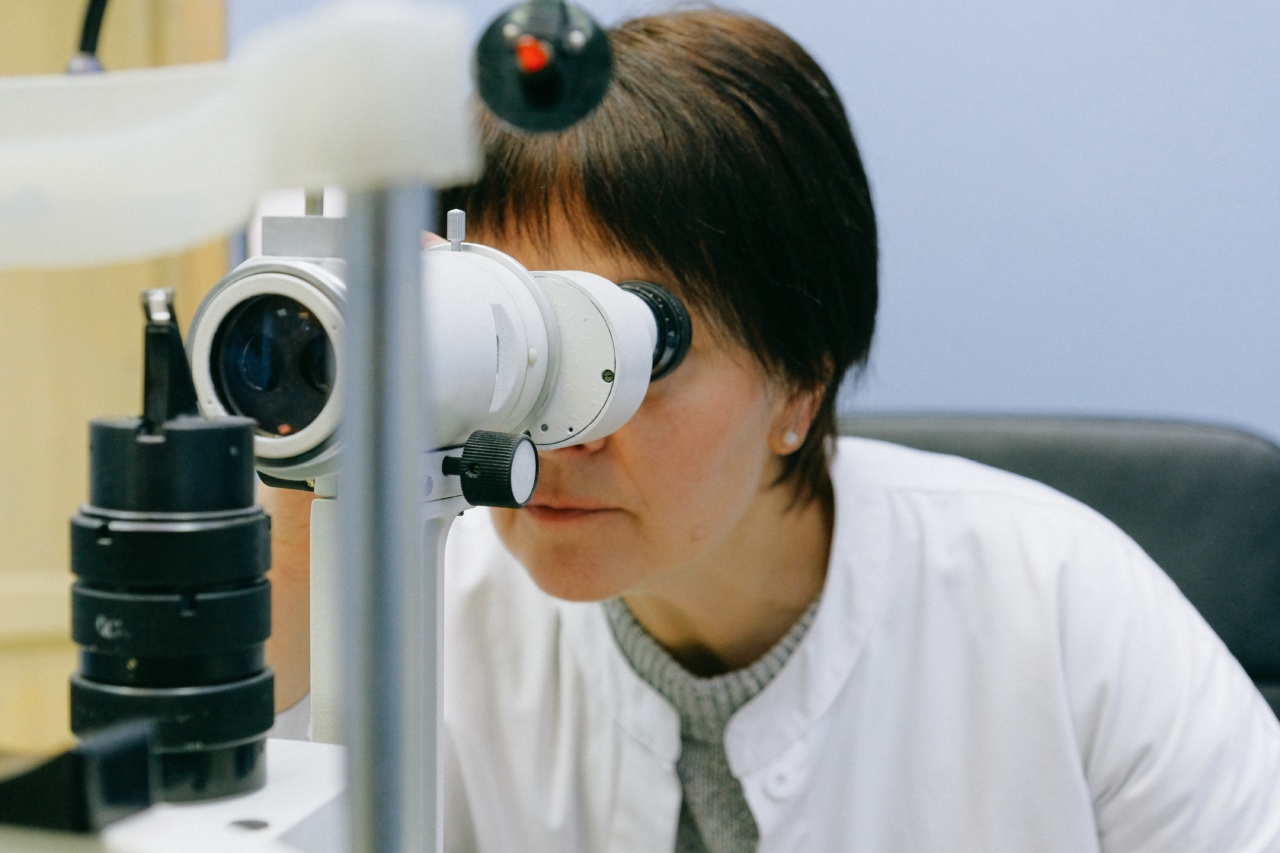Antibiotics are universally recognized as the foremost line of defense against bacterial infection.
It has always been a concern that the overuse of antibiotics would lead to the development of antibiotic-resistant bacterial strains, a prediction that has now become a reality. The World Health Organization has recently identified antimicrobial resistance as one of the principal threats to global health.
Why Do We Need Safer Antibiotics?
Antibiotics are widely used for the treatment of bacterial infections, but a significant portion of medical practitioners prescribe antibiotics unnecessarily, which can lead to antibiotic-resistant bacterial infections.
Antibiotic-resistant infections are becoming more prevalent because bacteria are adaptively evolving to better survive against antibiotics as they come into contact with them. Researchers say that we need to develop new, more effective antibiotics as an urgent measure to combat this menacing issue.
Current Antibiotic Research
Current research is focused on developing antibiotics that are more potent, have better delivery methods, and are much less inclined to produce resistance.
Scientists are studying new antibiotics that are produced naturally as well as new molecules that have been synthetically fabricated. As a result, researchers from all over the world are investigating various ground-breaking techniques for attaining new therapeutic goals.
Combination Antibiotic Therapy
Antibiotic combination therapy is the utilization of two or more antibiotics to treat a bacterial infection.
Combination therapy can be utilized when the infection has become resistant to a certain antibiotic or to stop the bacteria from becoming resistant to the therapeutic agents. Combination therapy seems to work better than single antibiotic therapy, and it may be an alternative to controlling the global spread of resistance to antibiotics.
Nanoparticle Antibiotics
Nanoparticle antibiotics are being researched as a way to improve the targeted delivery of antibiotics.
These nanoparticles can increase the effectiveness of antibiotics because of their exceptional ability to penetrate tissue, and they can also be used to deliver the antibiotic to specific areas of the body. This nanotechnology-delivered antibiotic therapy is still in its infancy, but it has the potential to be exceptionally effective and avoid the development of antibiotic resistance.
Antibiotic-Coated Implants
While bone and joint infections are relatively infrequent, they can be catastrophic when they occur. As a result, there is a need for more effective treatment approaches.
One promising option is the development of an implant that has antibiotic coatings to prevent infection after surgery. This technology has the potential to reduce the need for future antibiotics and hospital stays, as well as to help manage antibiotic resistance.
CRISPR and Antibiotics
CRISPR (Clustered Regularly Interspaced Short Palindromic Repeats) is a revolutionary new technology that allows for the editing of genes.
CRISPR offers an exciting new approach to antibiotics because it can be utilized to modify the way bacteria communicate with one another during infection. Altering this communication could help to prevent and treat antibiotic-resistant infections.
The Future of Antibiotics Research
The future of antibiotic research holds great promise.
Scientists continue to investigate different ways to approach bacteria and are also exploring innovative methods for creating antibiotics, improving the delivery methods for antibiotics, and preventing antibiotic resistance. There is still much to learn in the field of antibiotics, but with the aid of cutting-edge technology, there is hope that we can improve our ability to treat bacterial infections.
The Importance of Safer Antibiotics for Future Generations
Antibiotics have saved countless lives, but as antibiotics are becoming less and less effective, there is a critical need for more effective treatments.
With the advent of antibiotic-resistant infections, there is a genuine risk to public health, and it is important to continue researching safer antibiotics to meet the needs of future generations.
Conclusion
Antibiotics have revolutionized modern medicine, but with the rise of antibiotic-resistant bacteria, we need to focus on developing safer antibiotics.
Research into safer antibiotics is focused on developing more potent and effective therapies, minimizing antibiotic resistance, and preventing future outbreaks of bacterial infections. Given the magnitude of the problem, it’s clear that we require a coordinated international approach to combat antibiotic resistance and ensure the development of safer antibiotics.






























